

About Ozarkedge
The place I call Ozarkedge has been in my family for several generations. I spent many weekends and vacations as a girl discovering its grasslands, glades and woodlands. I was curious about all nature, but especially the wildflowers.
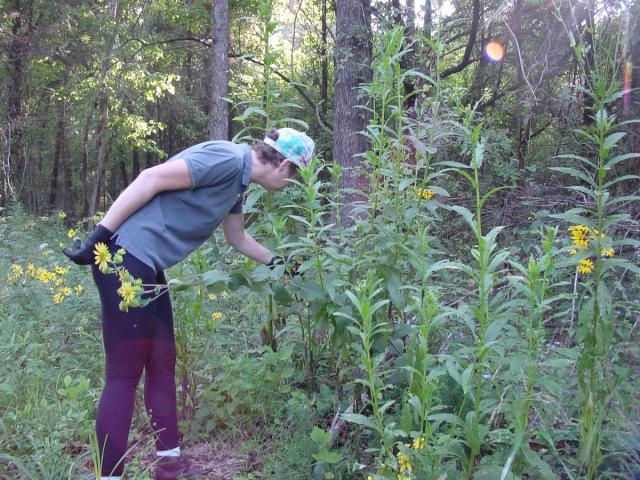
Years later, my husband and I started carving out trails through the woods for hiking and horseback riding. We lived in the city and traveled here on weekends.
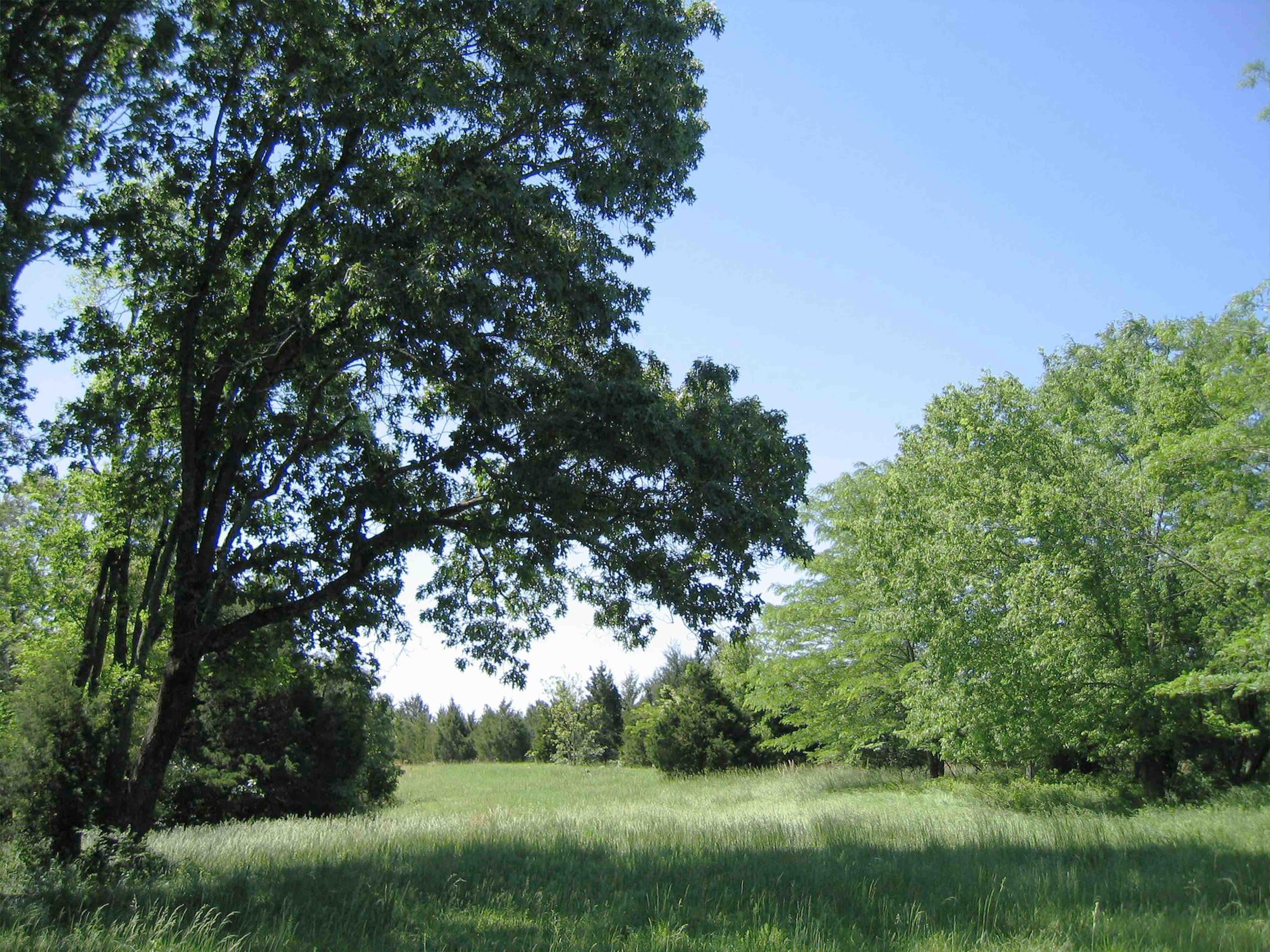
Finally we decided the time was right to move and build our home on the land we loved. The fields had not been managed for many years and were thickly covered with Eastern Red Cedar. The rocky glades had been invaded by Cedar and other invasive plants and were too shaded and crowded to flower. In the past, parts of the land had supported sheep and cattle, but much of it was too rough and rocky for grazing animals and that was abandoned.
As we began work to restore the property, we found numerous invasive species such as Sericea lespedeza, Tall fescue, Trifoliate orange, Japanese honeysuckle, among others. But, there were also many beautiful native wildflowers, trees and shrubs. Our goal was to rehabilitate the land, protect native plants on site and return the rest to native flora to support wildlife, birds and insects.
What a job it was to clear our homesite, not to mention the surrounding habitat. We realized it was more than we could manage alone and hired someone to help clear a few acres around our homesite.
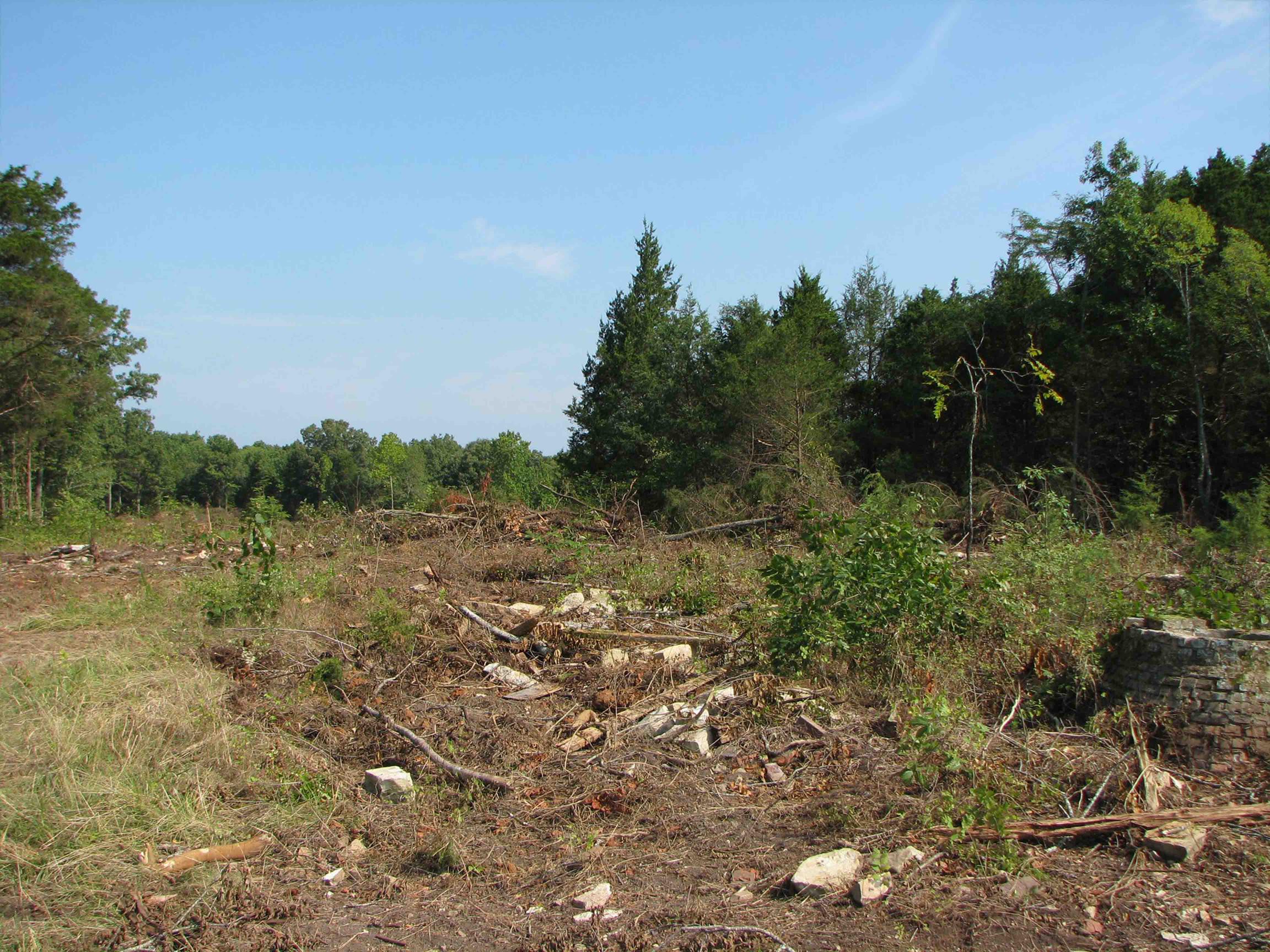

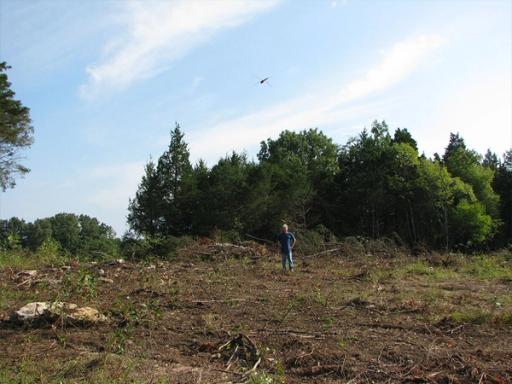
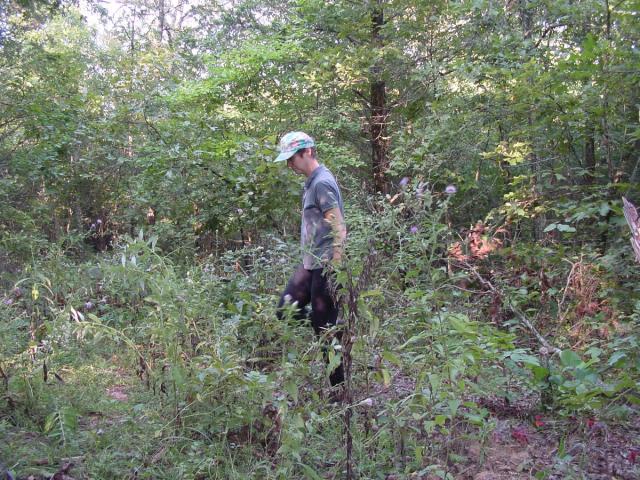
We were constantly studying how to rehabilitate the land, returning grassland back to prairie habitat and restoring glades and woods while protecting the existing native plants as much as possible. I was already documenting the many native wildflowers present on the property and had started this website at the beginning of 2008. It was an exciting time as the more I looked, the more native wildflowers I found! Below is a tiny sample of the native wildflowers I cataloged during this period.
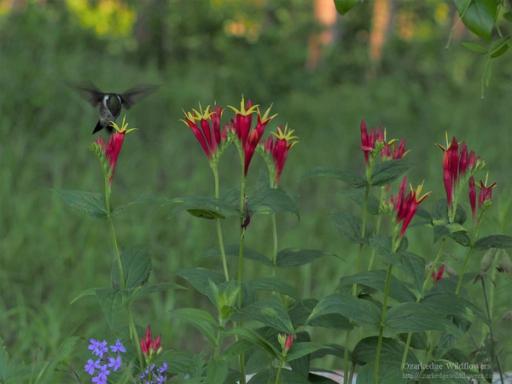
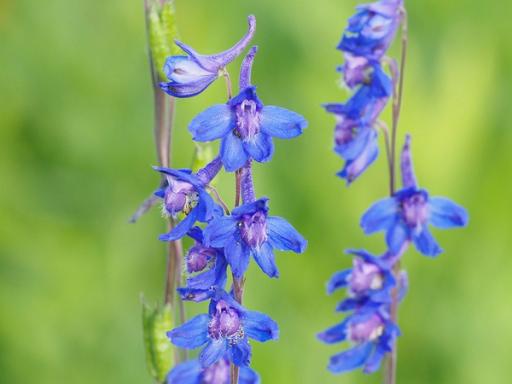


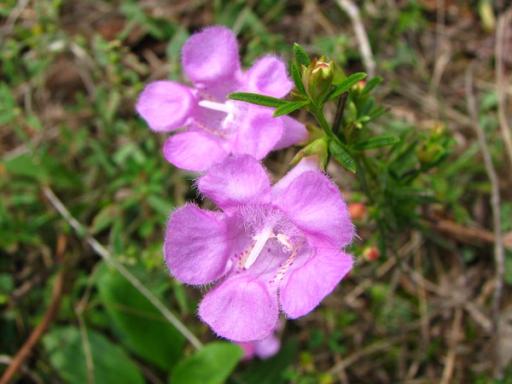



As we progressed and the land began to heal, we found more native wildflowers blooming. We gathered local seed from roadsides and other sites with permission. Lastly, we purchased some local seed from a reputable nursery to increase diversity.
As more and more native wildflowers bloomed and the natural habitat grew, the diversity of birds and wildlife increased.
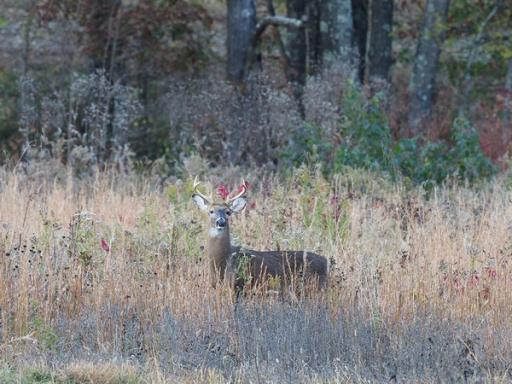

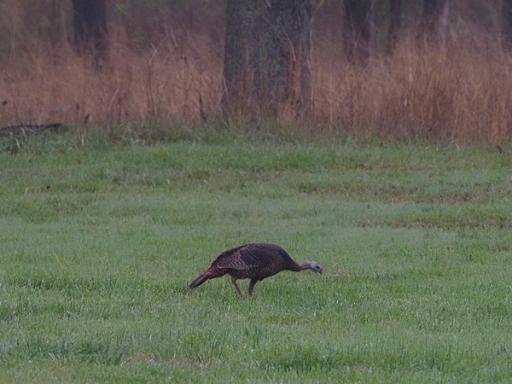
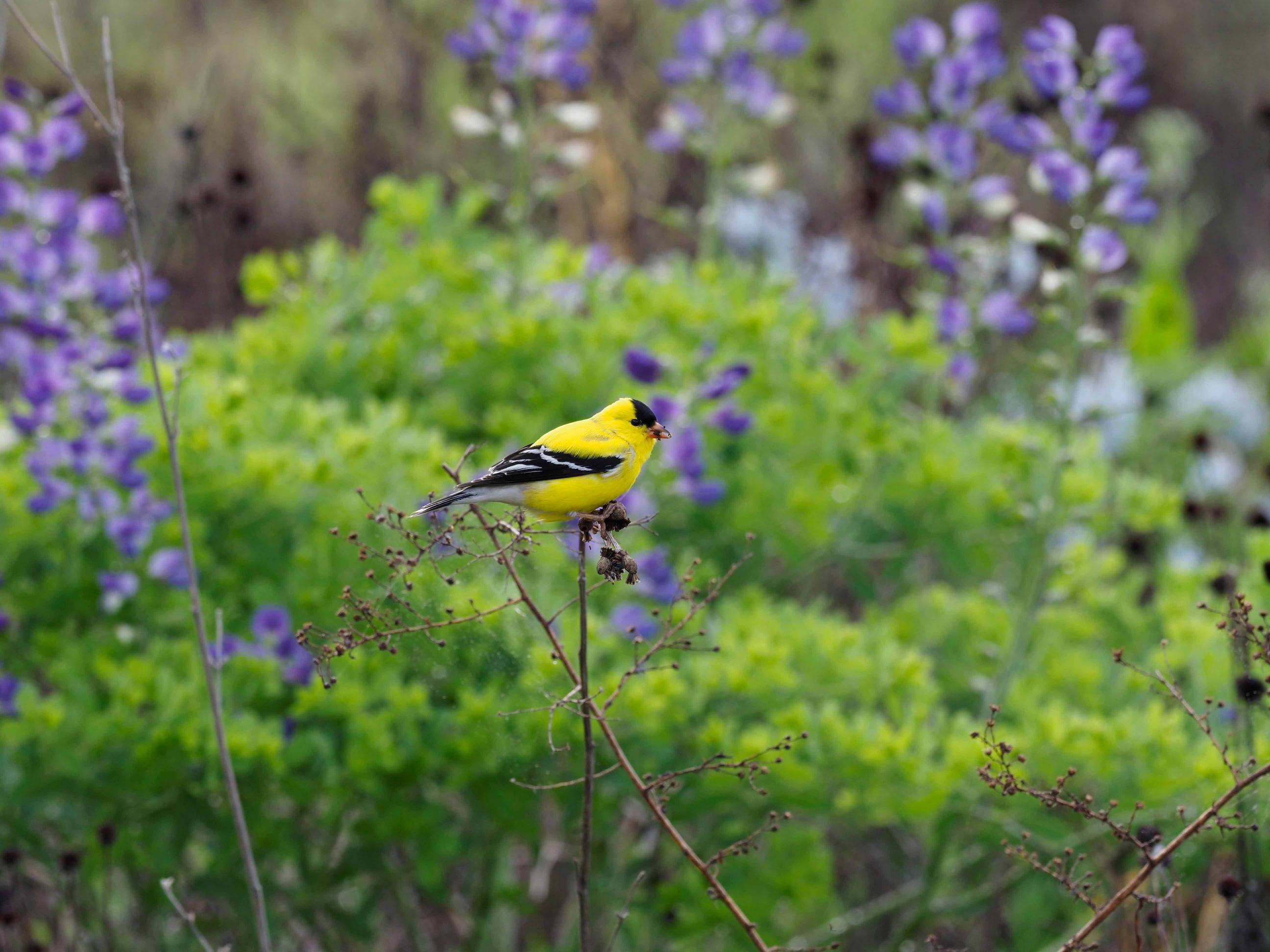
Suffice it to say that land rehabilitation is a lifelong commitment. We've learned so much along the way and continue to learn. It's hard work! But what a joy to see the results!